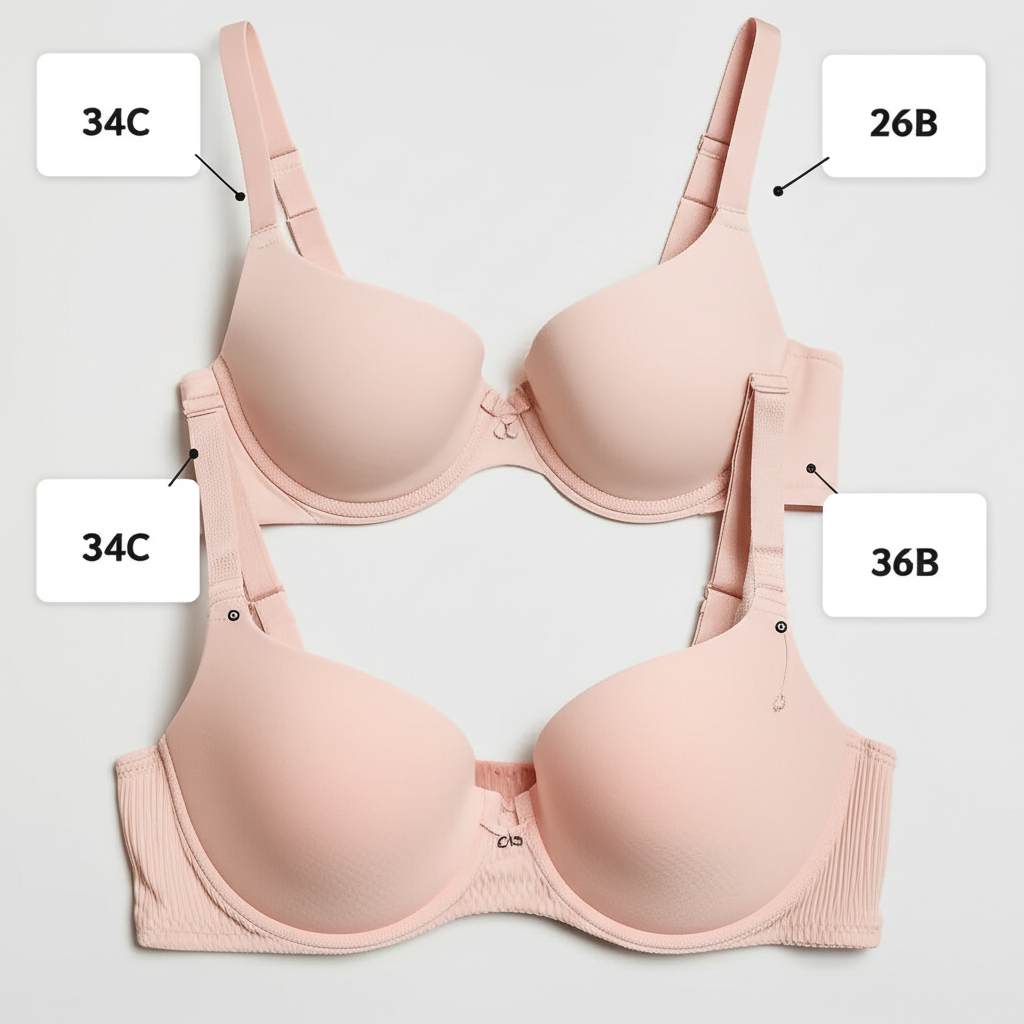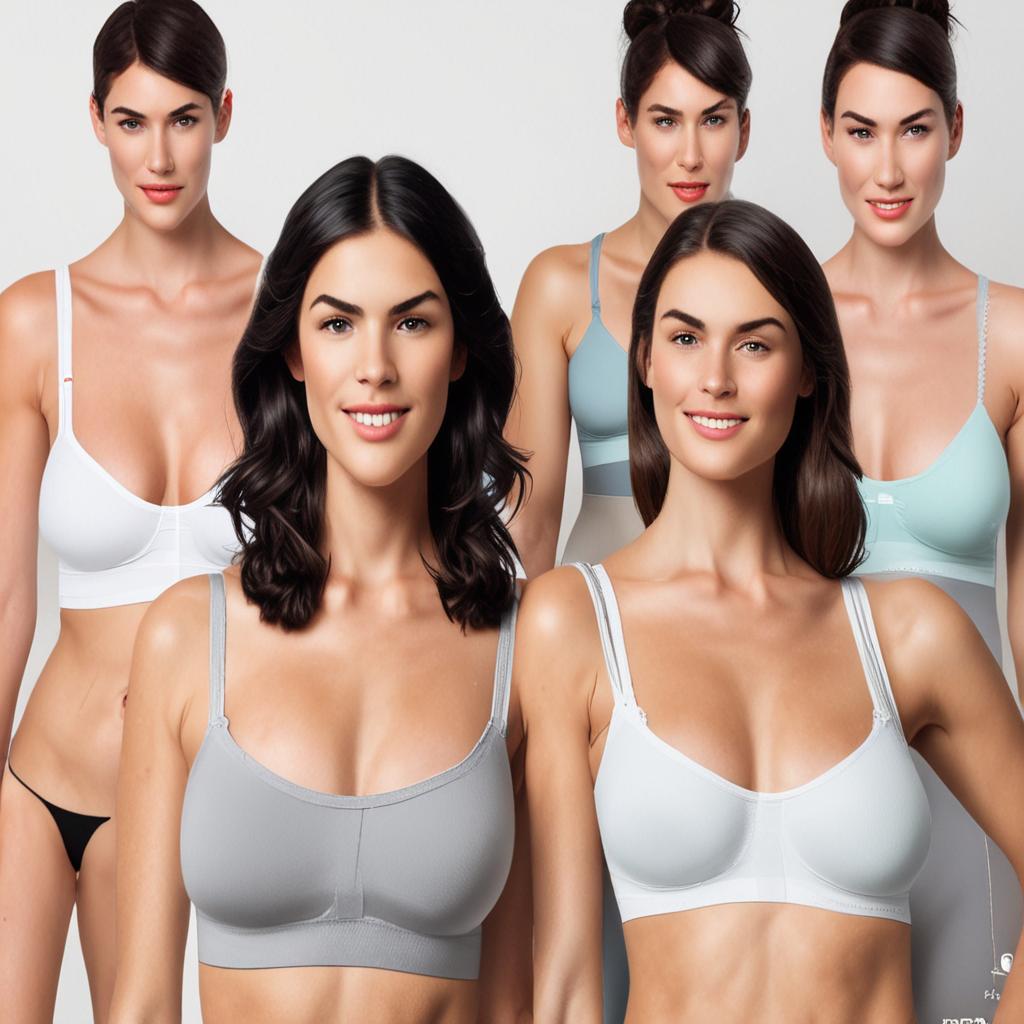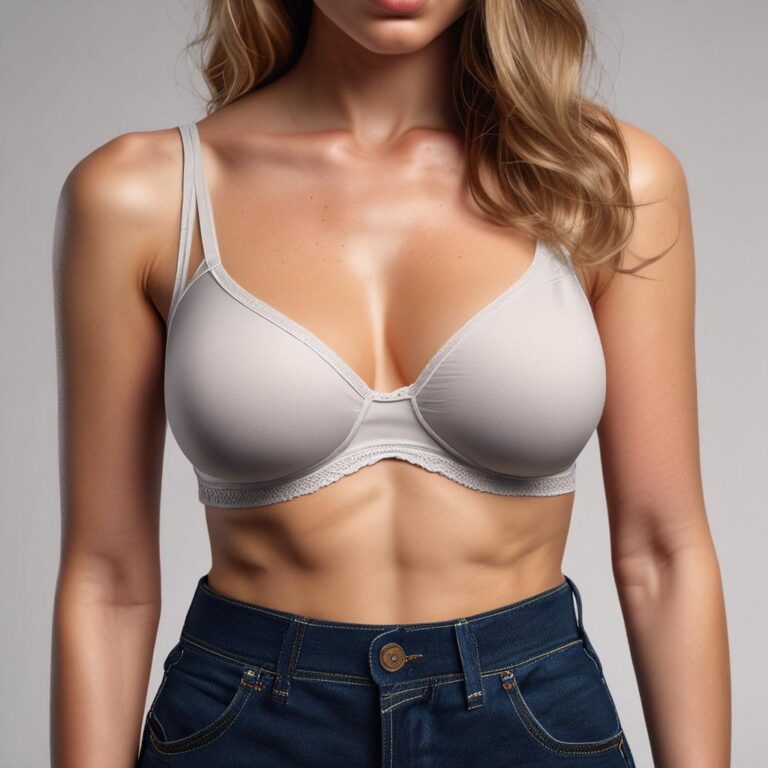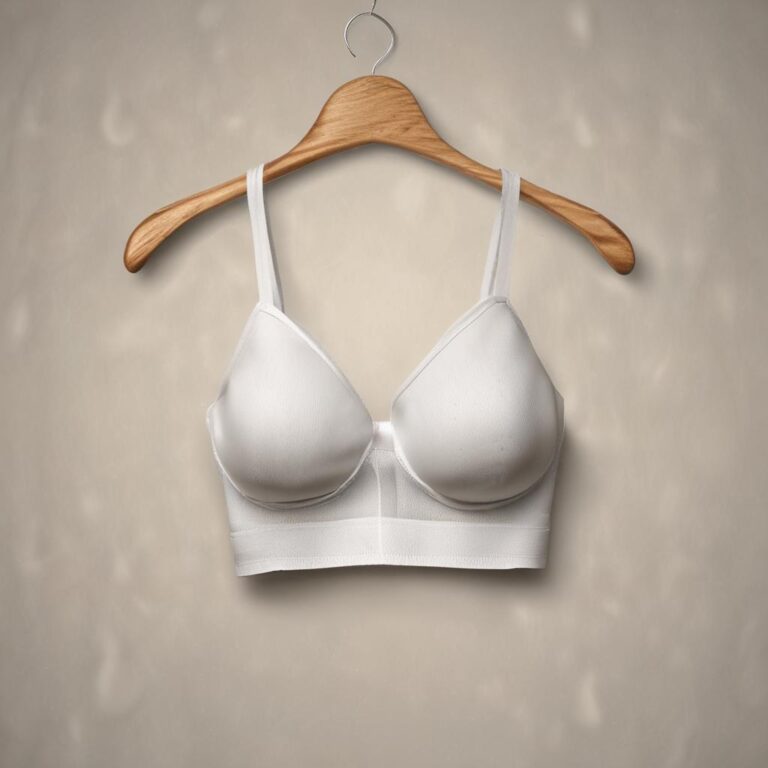Finding the perfect bra size can be a daunting task, especially when your usual size doesn’t seem to fit quite right. Many women struggle with discomfort, poor support, and an unflattering appearance due to ill-fitting bras. However, there’s a lesser-known solution that can make a world of difference: bra sister sizes. In this guide, we’ll explore what sister sizes are, why they matter, and how you can use them to find your perfect fit.
Why Bra Size Matters: The Importance of a Proper Fit
Wearing the wrong bra size can have significant negative consequences. From physical issues like back pain and shoulder strain to aesthetic concerns like an unflattering silhouette, the right bra size is crucial for both comfort and confidence.

Health Benefits of a Well-Fitted Bra
A properly fitted bra can alleviate back pain, improve posture, and prevent skin irritation. The right support can reduce the strain on your shoulders and back, making you feel more comfortable throughout the day.
Aesthetic Advantages of the Right Bra Size
When your bra fits well, it can enhance your silhouette, improve the fit of your clothing, and boost your confidence. A well-fitted bra ensures that your clothes look and feel better, making you feel more put-together and confident.
Understanding Bra Sizing Basics
Bra sizes are determined by two measurements: the band size and the cup size. The band size is the measurement around your ribcage, just below your bust, while the cup size is the difference between your bust and band measurements.
Decoding the Bra Size Chart: Band Size and Cup Size
The band size is the number in your bra size (e.g., 34 in 34C), and the cup size is the letter (e.g., C in 34C). To find your band size, measure around your ribcage and round to the nearest even number. For the cup size, measure around the fullest part of your bust and subtract the band size. Each inch difference corresponds to a cup size (e.g., 1 inch = A, 2 inches = B, etc.).
Common Mistakes in Bra Measuring
Common measuring errors include measuring over clothing, pulling the tape too tight or too loose, and incorrect band placement. Always measure over bare skin, ensure the tape is parallel to the floor, and place it just below your bust for accurate results.
What Are Bra Sister Sizes? Explained
Bra sister sizes are alternative sizes that offer a similar fit to your usual bra size. They work by adjusting the band and cup sizes in opposite directions. For example, if a 34C doesn’t fit, you might try a 36B or a 32D.
The Definition of Bra Sister Sizing
Bra sister sizes are sizes that maintain the same overall volume but distribute it differently between the band and cup. This can be particularly useful when your usual size feels too tight or too loose in either the band or the cup.
Key Metrics
Performance metrics for What is Bra Sister Sizes
The Relationship Between Band and Cup in Sister Sizes
As the band size increases, the cup size decreases, and vice versa. For instance, if you usually wear a 34C, your sister sizes would be 36B and 32D. This relationship can help you find a more comfortable and supportive fit.
Why Sister Sizes Can Be a Better Fit
Sister sizes can be a better fit in various scenarios. For example, if a particular brand runs small in the band, a sister size with a larger band and smaller cup might be more comfortable. Similarly, if a bra style doesn’t suit your body shape, a sister size could provide a better fit.

How to Find Your Bra Sister Sizes
Calculating your bra sister sizes is straightforward. You can use a sister size chart, a bra size calculator, or a simple method to determine your sister sizes.
Using a Sister Size Chart or Calculator
Online sister size charts and calculators can help you find your sister sizes quickly. Simply input your current bra size, and the tool will provide a list of sister sizes. Reputable bra fitting websites often offer these tools for free.
The Plus-One/Minus-One Rule: A Simple Method
The plus-one/minus-one rule is a simple way to find your sister sizes. Increase the band size by one and decrease the cup size by one, or vice versa. For example, if you wear a 34C, try a 36B or a 32D.
Trial and Error: The Importance of Trying On
While online tools are helpful, nothing beats trying on different sizes. Visit a bra fitting specialist or try on various bras at home to find the best fit. Different brands and styles can fit differently, so it’s essential to experiment.
When to Consider a Sister Size
There are specific situations where trying a sister size is recommended. These include issues with band fit, cup fit, and variations in bra styles.
Band Too Tight or Too Loose
If your band feels too tight, try a larger band size with a smaller cup size (e.g., 34C to 36B). Conversely, if the band feels too loose, try a smaller band size with a larger cup size (e.g., 34C to 32D).
Cup Spillage or Gapping
If you experience cup spillage, try a larger cup size with a smaller band size (e.g., 34C to 32D). If there’s gapping in the cup, try a smaller cup size with a larger band size (e.g., 34C to 36B).
Bra Style Variations and Fit
Different bra styles, such as balconette, full coverage, and push-up, can fit differently. Sister sizes can help you find a better fit for these styles. For example, a balconette bra might fit better with a larger band and smaller cup size.
Common Mistakes to Avoid When Trying Sister Sizes
When experimenting with sister sizes, it’s important to avoid common pitfalls. These include prioritizing comfort over support, ignoring the overall shape of the bra, and not seeking professional advice.

Prioritizing Comfort Over Support
While comfort is important, it shouldn’t come at the expense of support. A bra that feels comfortable but doesn’t provide adequate support can lead to long-term issues like back pain and poor posture.
Ignoring the Overall Shape of the Bra
Consider the overall shape and style of the bra, not just the size. A bra that fits well should provide a smooth, natural shape without any bulging or gapping.
Not Seeking Professional Advice
If you’re struggling to find the right fit, don’t hesitate to seek professional bra fitting assistance. A fitting specialist can provide personalized advice and help you find the perfect bra size.
FAQ: Frequently Asked Questions About Bra Sister Sizes
What if my sister size doesn’t feel right?
If a sister size doesn’t feel right, try another sister size or a different bra style. Everyone’s body is unique, so what works for one person might not work for another.
Can sister sizes change depending on the bra brand?
Yes, different brands can fit differently. Always try on bras from different brands to find the best fit.
Is it better to go up or down a band size when trying sister sizes?
It depends on your specific fit issues. If the band feels too tight, try a larger band size. If the band feels too loose, try a smaller band size.
How do I find my sister size if I wear a sports bra?
Most sports bras follow standard sizing, but you can still use the plus-one/minus-one rule to find a sister size. Try on different sizes to find the best fit.
Conclusion
Understanding bra sister sizes can significantly improve your bra-fitting experience. By experimenting with sister sizes, you can find a bra that provides the perfect balance of comfort, support, and style. Don’t be afraid to try different sizes and styles, and remember that a well-fitted bra can make a world of difference in your overall well-being. Take the first step today and discover your perfect fit!




